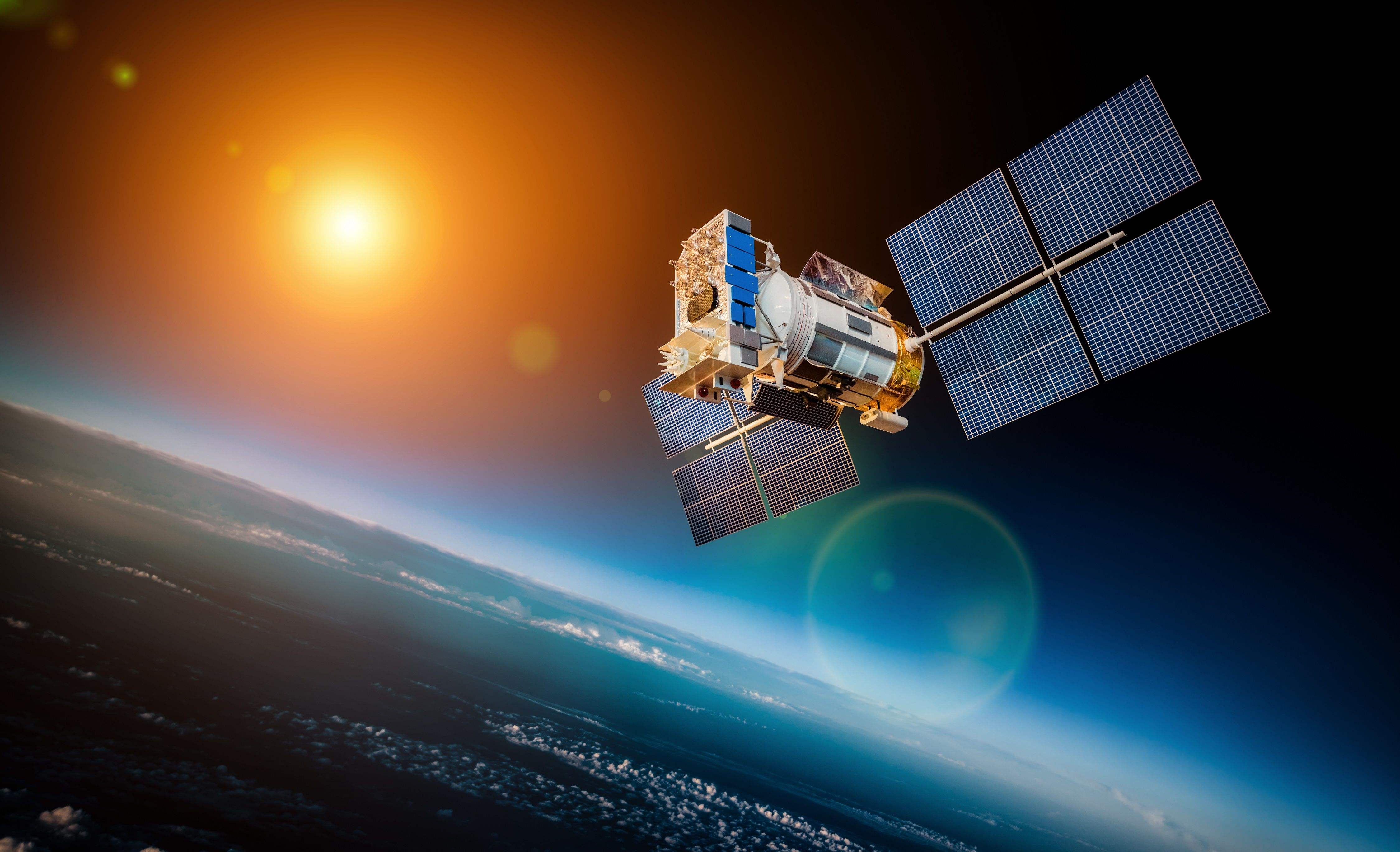
The dynamic performance of star sensors is measured by the maximum tracking angular rate. Usually, the maximum tracking angular rate of star sensors under stable operating conditions is not higher than 2 °/s, while on high dynamic carriers such as agile satellites and long-range weapons, the maximum tracking angular rate is not lower than 5 °/s. Therefore, after considering the dynamic performance of domestic extraterrestrial sensors at present, this article defines a star sensor that can perform high-precision attitude tracking under dynamic conditions of no less than 5 °/s as a high dynamic star sensor.
Since the 1990s, many research institutions have conducted in-depth research on high dynamic star sensors and developed multiple products tailored to the needs of different tasks. The main research institutions include Ball Aerospace, Lockheed Martin, AeroAstro in the United States, Jena Optronik, Galileo Avionica in Germany, Sodern in France, Terma Elektronik in Denmark, DTU, and others, Below is a brief introduction to several typical high dynamic star sensors.
In 2005, Jena Optronik from Germany developed the ASTRO-APS star sensor. The ASTRO-APS star sensor has a weight of 1.8kg, a power consumption of 6W, a data update rate of 10Hz, and a field of view of 20 ° × 20 °, ultimate detection magnitude of 5.8Mv, attitude measurement accuracy of 1 “, 1”, 8 “(1 σ), Stable tracking can be achieved under dynamic conditions of 5 °/s. The appearance of the ASTRO-APS star sensor is shown in Figure 1.1.
Figure 1.1 Appearance of ASTRO-APS star sensor
The MST star sensor is a star sensor developed by AeroAstro in the United States. It uses Fill Factory’s STAR1000 CMOS image sensor, with a weight of 0.3kg, a power consumption of 2W, and a field of view of 30 ° × 30 °, with a maximum detection magnitude of 4Mv, stable tracking can be achieved under dynamic conditions of 10 °/s, but the attitude measurement accuracy and data update rate are relatively low, at 70 ″ (3 σ) And 1Hz. The appearance of the MST star sensor is shown in Figure 1.2.
Figure 1.2 Appearance of MST star sensor
SED-16 is a star sensor developed by Sodern in France, which can be applied to various tasks such as Earth observation and deep space exploration. In May 2002, the SED-16 star sensor was successfully launched with the SPOTS satellite, with a service life of up to 15 years. Figure 1.3 shows the appearance of the SED-16 star sensor.
Figure 1.3 Appearance of SED-16 star sensor
SED-26 is a free version of the International Traffic in Arms Regulations (ITAR) of SED-16. In 2005, SED-26 was applied to the geostationary satellite APT and the low Earth orbit satellite IRS P5. The weight of the SED-16 and SED-26 star sensors is 3.3kg, the power consumption is 8.5W, the data update rate is 1-10Hz, and the field of view is 17 ° × 17 °, the number of captured stars in the field of view is 10, and the attitude measurement accuracy is 3 “, 3”, 15 “(3 σ), Stable tracking can be achieved under dynamic conditions of 10 °/s.
SED-36 star sensor is a high-precision star sensor developed by Sodern for the Pl é iades high-resolution satellite, which uses a pixel array of 1024 pixels × The 1024 CCD image sensor has upgraded its star catalog on the basis of SED-16/26, increasing the number of captured stars and increasing the number of captured stars in the field of view from 10 to 12. The weight of the SED-36 star sensor is 3.7kg, the power consumption is 8.4W, the data update rate is 1-8Hz, and the field of view is 17 ° × 17 °, with attitude measurement accuracy of 1 “, 1”, 6 “(3) under dynamic conditions of 1 °/s σ), Stable tracking under dynamic conditions of 10 °/s. Figure 1.4 shows the appearance of the SED-36 star sensor.
Figure 1.4 Appearance of SED-36 star sensor
The HYDRA star sensor is a star sensor developed by Sodern for the GLONASS mission. It was awarded the Aviation Week&Space Technology Award in 2005 and passed engineering certification in 2010. Currently, it has been selected by Lockheed Martin in the United States to participate in NASA supported GOES-R missions. The weight of the HYDRA star sensor is 2.2kg, the power consumption is 12W, the data update rate is 1-30Hz, the maximum detection magnitude is 5.8Mv, and the attitude measurement accuracy is 1.4 “, 1.4”, 9.8 “(1 σ), Stable tracking under dynamic conditions of 8 °/s. Figure 1.5 shows the appearance of the HYDRA star sensor.
Figure 1.5 Appearance of HYDRA star sensor
Send us a message,we will answer your email shortly!